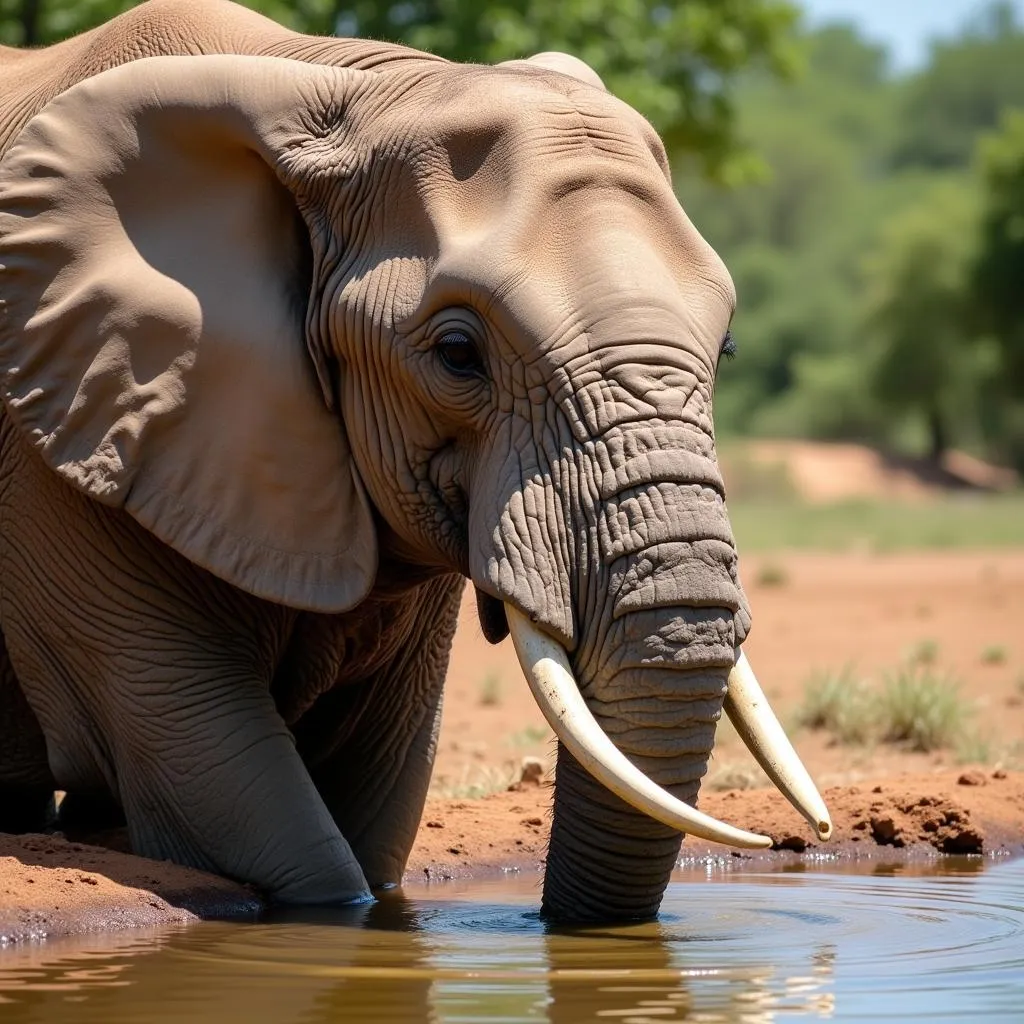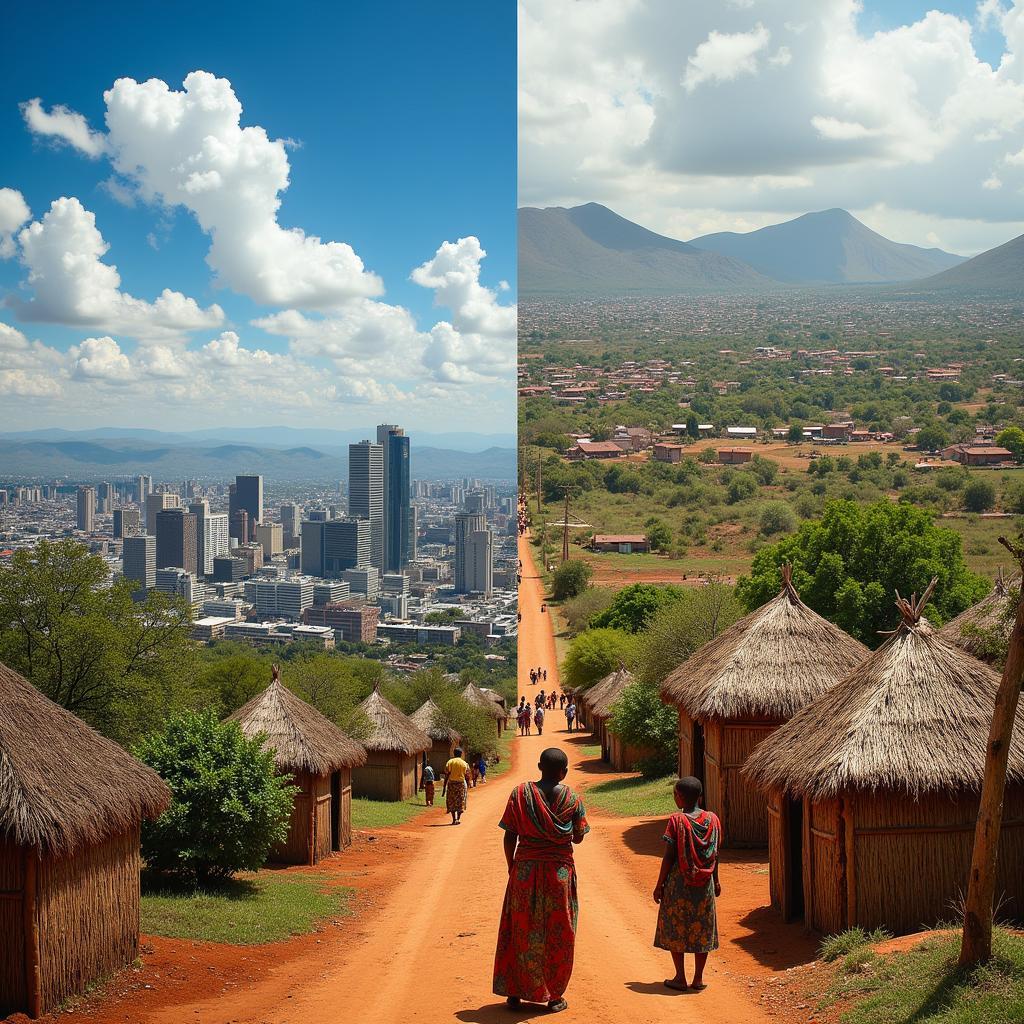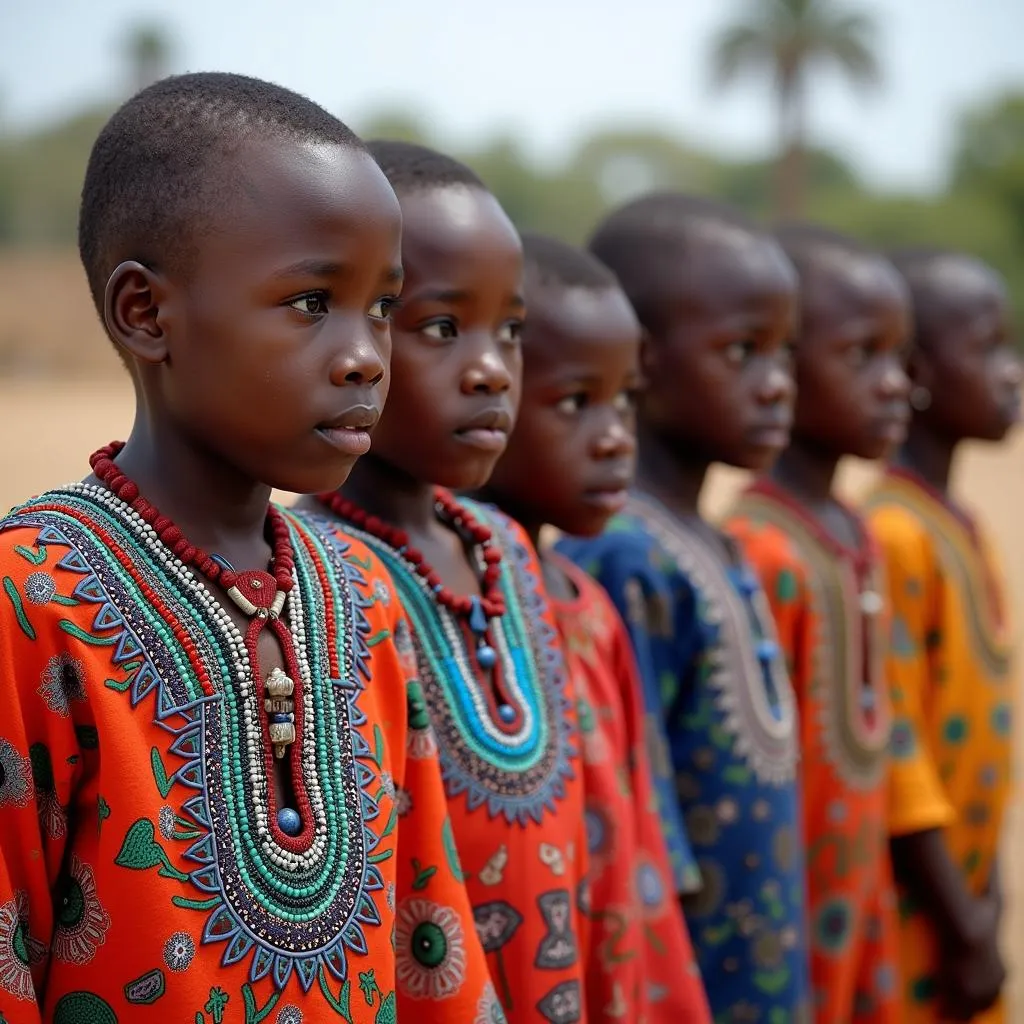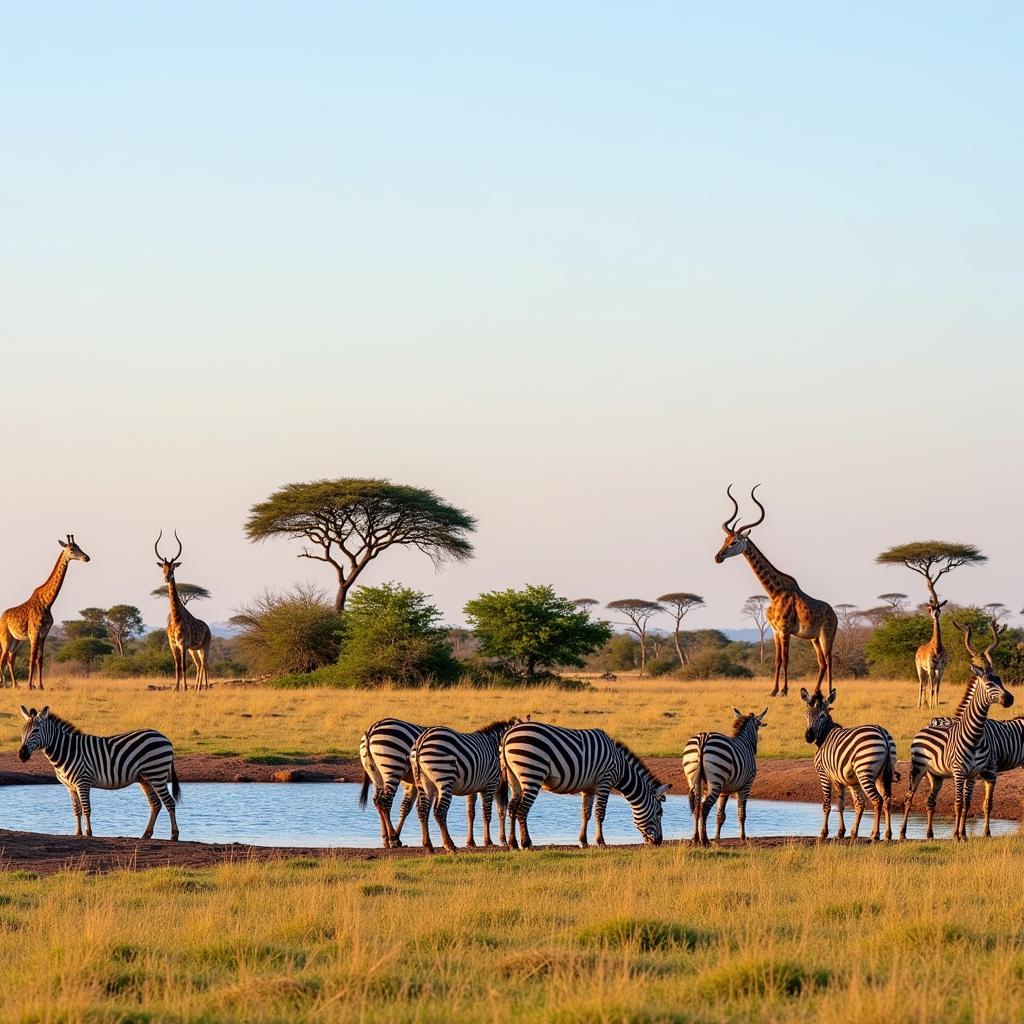African Elephant Population by Country
African elephants, the largest land mammals on Earth, are iconic symbols of the continent’s rich biodiversity. However, their numbers have been dwindling for decades due to habitat loss, human-wildlife conflict, and the devastating impact of poaching for ivory. Understanding the African Elephant Population By Country is crucial for effective conservation efforts.
 African elephant family in grassland
African elephant family in grassland
Factors Impacting African Elephant Numbers
African elephant populations are not uniformly distributed across the continent. Several factors influence their numbers in different countries:
- Habitat Availability: Elephants require vast areas of land for grazing and water. Countries with large protected areas and suitable habitats tend to have larger elephant populations.
- Poaching: The illegal ivory trade has decimated elephant populations in certain regions. Countries with weak governance and inadequate anti-poaching measures have suffered significant losses.
- Human-Wildlife Conflict: As human populations grow and expand into elephant habitats, conflicts over resources like land and water become inevitable. This can lead to crop raiding by elephants and retaliatory killings by humans.
African Elephant Distribution: A Country-by-Country Look
While providing precise numbers is challenging due to the constant fluctuations in elephant populations, we can get a general overview:
- Botswana: Botswana is often hailed as a safe haven for African elephants. The country boasts the largest elephant population globally, estimated to be around 130,000.
- Zimbabwe: Zimbabwe holds the second-largest population, with numbers estimated to be over 80,000. However, the country faces challenges related to poaching and habitat degradation.
- Tanzania: Tanzania’s elephant population has experienced significant declines in recent years due to poaching. Current estimates suggest around 40,000 elephants remain.
- South Africa: South Africa is home to a sizable elephant population, mostly concentrated within the Kruger National Park and other protected areas.
 African elephant drinking from waterhole
African elephant drinking from waterhole
- Other Countries: Several other countries, including Kenya, Zambia, and Namibia, also harbor significant elephant populations. However, their numbers vary greatly depending on conservation efforts and environmental factors.
The Importance of Conservation
Protecting African elephants requires a multi-faceted approach:
- Anti-Poaching Initiatives: Strengthening law enforcement, increasing penalties for poaching, and disrupting trafficking networks are vital.
- Habitat Protection: Preserving and expanding elephant habitats through the establishment of protected areas and wildlife corridors is crucial.
- Community Engagement: Involving local communities in conservation efforts, providing alternative livelihoods, and addressing human-wildlife conflict are essential for long-term success.
FAQs About African Elephant Populations
How many African elephant species are there?
There are two recognized species of African elephants: the African forest elephant and the African savanna elephant.
Why is it difficult to get exact elephant population numbers?
Elephants are highly mobile animals, making accurate counts challenging. Factors like poaching and habitat loss also contribute to fluctuations in their numbers.
What can I do to help protect African elephants?
You can support reputable conservation organizations, spread awareness about the plight of elephants, and advocate for responsible tourism practices.
African Elephant Population by Country: A Collective Responsibility
The future of African elephants rests on the collective efforts of governments, conservation organizations, and individuals. By understanding the challenges facing these magnificent creatures and supporting initiatives that promote their protection, we can ensure their survival for generations to come.



